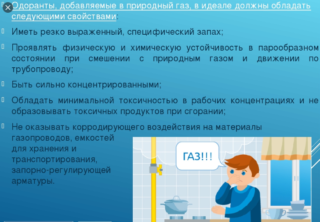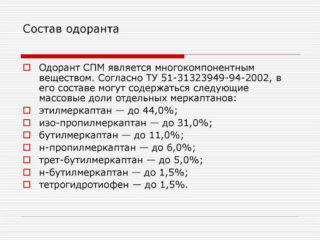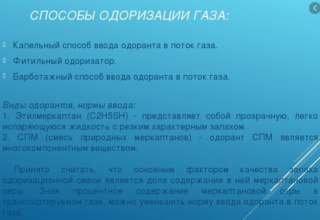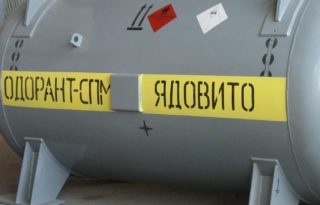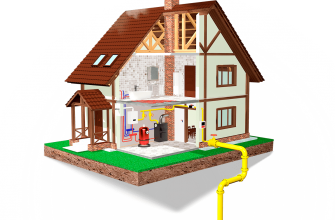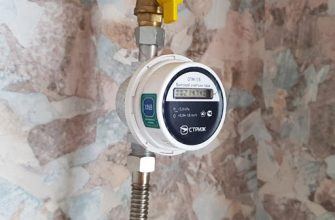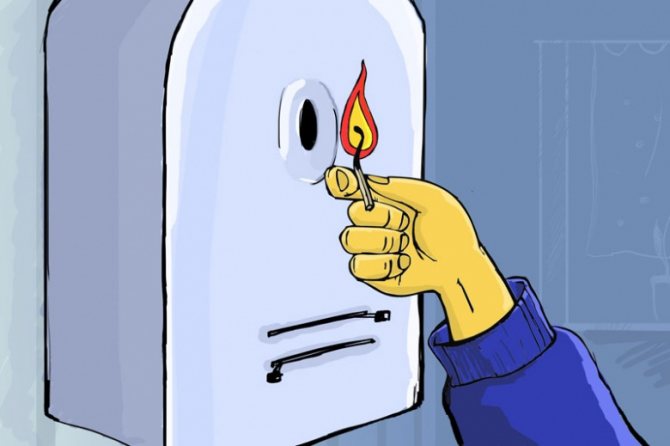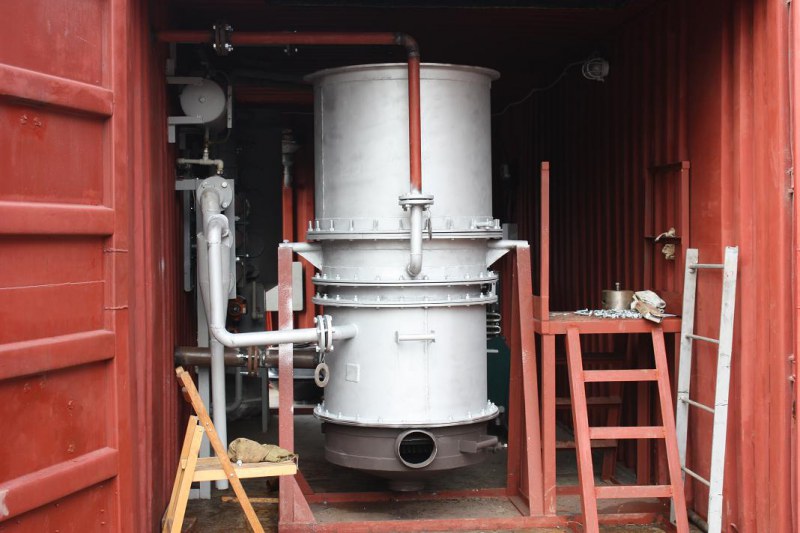Natural gases, methane and butane, extracted in the fields of our country, after purification from impurities, have no odor and color. This is their significant drawback: if a leak occurs or the flame on the stove goes out, it will be impossible to detect the presence of gas in the air, even in a strong concentration. This poses a great danger in terms of explosion and poisoning, because this type of fuel is toxic. In order to identify a hazardous situation in a timely manner, an odor gas additive is used.
Smelling additive requirements
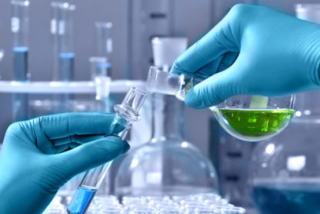
Fuel has a specific smell due to additives that are introduced into it at gas distribution stations (GDS) immediately before being supplied to consumers. The smell of gas after odorization resembles hydrogen sulfide or rotten eggs.
The following requirements are imposed on substances that are added to gas:
- Physiological safety. People and pets should not be harmed by contact with them.
- Lack of aggressive impact on the gas pipeline, including the devices and mechanisms included in it.
- Giving the gas a strong enough odor so that it can be detected even in low concentrations.
Experimentally, such substances were created and began to be added to trunk pipelines, to cylinders for plates and cars.
Features of odorants
One of the features of the additives is that they completely burn out without emitting smoke and soot. Such a waste-free and safe technology has been adopted by power engineers around the world.
A leak can be detected at the initial stage, when its size has not reached the critical level, which is 5% of the volume of the apartment. The smell of gas saturated with odorants is so noticeable that a person feels it already at a concentration of 1% in an apartment.
Formulations and smell of odorants
The most common and effective odorants are mixtures made from gas and oil condensate. They are collectively called mercaptans. The compound is based on technical alcohols, which ensure the volatility and combustibility of the additives.
Another method of making additives is alkaline extraction of primary raw materials. Sulfide odorants are cheaper but less effective. Upon contact with the metal of the pipes, the substances lose some of their properties.
The high price of household gas is also explained by the fact that aromatic additives are introduced into it. But these are mandatory requirements of the current legislation, the purpose of which is to ensure the safety of citizens and the safety of their property.
Restrictions when adding to gas
In a concentrated state, odorants are poisonous and pose a danger to humans. Based on this, sealed containers with several degrees of protection are used for their transportation and storage. Tanks and warehouses are equipped with alarms, guards are posted at the entrance.
The concentration of fillers in the gas is regulated by GOST 5542-2014. In accordance with the requirements of the document, it should not exceed 0.0036 grams per cubic meter. In this case, a deviation in both directions up to 10% is allowed. The rules for the preparation and use of odorants are set out in more detail in Gazprom's internal document WFD 39-1.10-069-2002.
Odorization methods
Odorants can be added in the following ways:
- Steam saturation. Since mixtures of mercaptans are flammable, they are not heated, but sprayed through nozzles. As a result, the smallest aerosol is formed, evenly distributed over the gas stream.
- Drip input. The additives are fed into the pipe in the form of a thin jet under pressure or falling drops. Then there is their rapid evaporation under the influence of the gas moving along the line.
The odorization procedure is performed manually or automatically. The concentration is calculated by determining the ratio of consumed additives and pumped fuel.
The process of adding odor to gas
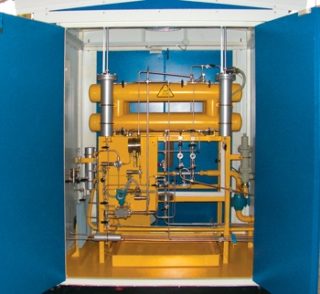
Before adding a mixture of mercaptans to a gas pipeline, their quality, concentration, composition and compliance with GOST requirements are checked. After that, the tank is connected to the installation and the additives are pumped into its tank. Then the program is exposed if the equipment is automatic. In manual mode, the parameters are set on the dispenser in accordance with the characteristics of the mixture and the pumped volume of gas.
Subsequently, the flow is switched between the units. The filled one starts feeding odorants into the main line. The devastated device is stopped, it is serviced, checked, refilled and prepared for further operation.
The operator does not need to check if the gas has an odor, for this there are control sensors that determine the concentration of mercaptans in it.
Safety measures when working with mercaptans
When handling them, it is required to observe the following safety measures:
- All manipulations with solutions and equipment in sealed rubberized clothing and a gas mask.
- Double treatment of the soil with neutralizing solutions when mercaptans come into contact with it.
- Availability of effective supply and exhaust ventilation in rooms where odorants are stored or used.
- Restriction of admission to the room where the reagents are stored by unauthorized persons. Reliable locks, locks, security and access control.
- Transportation of liquids by special vehicles equipped with warning signs.
- The presence of sensors for detecting gas leaks and odorants at the gas distribution station, as well as effective fire extinguishing means.
If liquid is spilled on the floor, it should be immediately fixed with sand and then transferred to rubber bags for later disposal.
If the substance gets on the skin and mucous membranes, they should be washed with warm water and soap and treated with a 2% soda solution. In the future, the victims need to be delivered to a medical facility as soon as possible for diagnostics and medical assistance.

